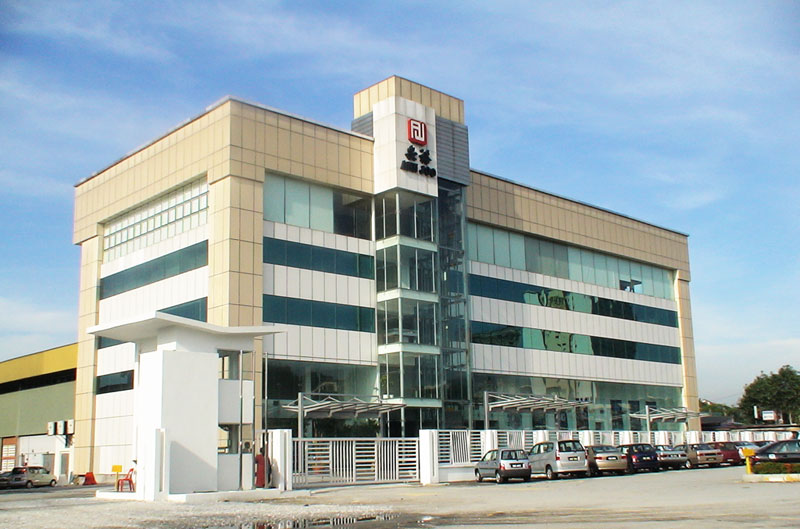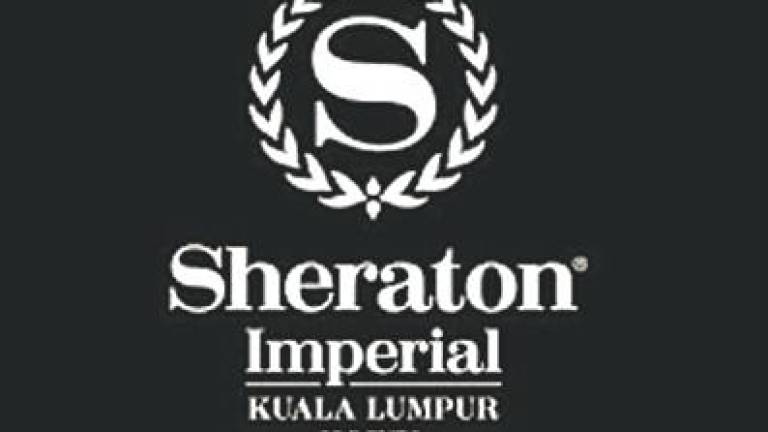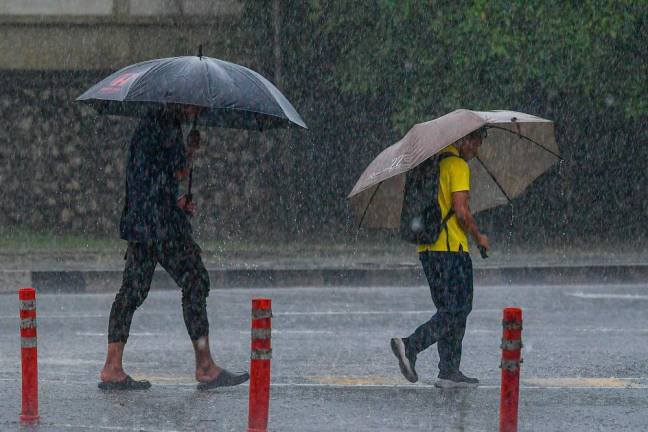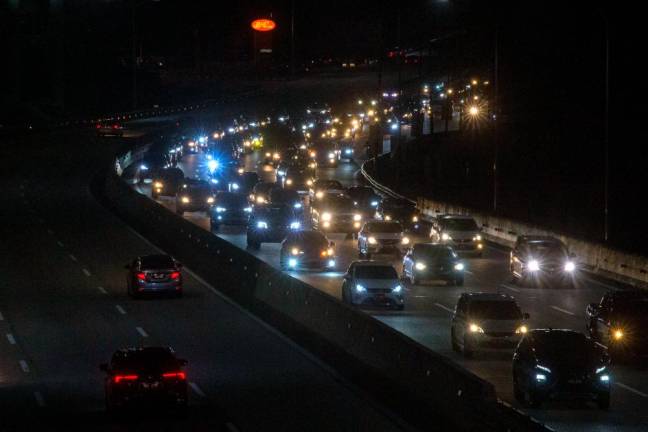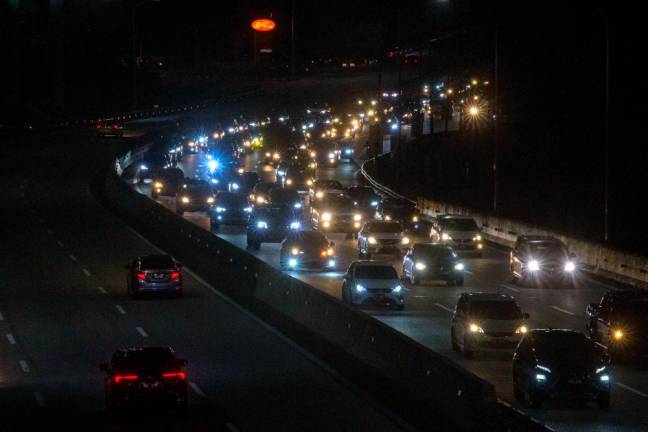PETALING JAYA: Despite a gradual pick-up in construction activity, it is unlikely to translate into better operating margins for Ann Joo Resources Bhd, according to Hong Leong Investment Bank (HLIB) Research.
This is due to the marginal rise in steel bar and billet being insufficient to mitigate higher prices for raw materials such as iron ore and scrap metal.
Prices of iron ore and scrap metal have risen 28.4% and 6% year-to-date (YTD) to US$92.9/metric ton (mt) and US$333/mt, respectively, triggered by the Vale Dam incident.
The research house has lowered its forecasts for Ann Joo by 7.9% and 2.1% in FY19 and FY20 to account for higher raw material prices.
HLIB Research has also downgraded Ann Joo to “sell” from “hold” with a lower target price of RM1.41 from RM1.53 previously.
“While there has been an improvement in construction sector sentiment, we are of the view that Ann Joo’s outlook will be clouded by higher raw materials price and thus, earnings delivery is poised to be on a weaker trend. With share price up 41% YTD, we reckon this presents an opportune time for investors to take money off the table, especially given the headwinds from rising raw material price.”
HLIB Research believes it could take a while for world supply of iron ore supply to be restored as Vale, the world’s largest iron ore producer, has recently cut its iron ore supply estimate by up to 75 million tonnes in 2019, accounting for 12% of the global iron ore production.
“This would in turn, result in mismatch between prices of steel and iron ore, hence dragging earnings of steel producers in the near term.”
In order to cushion the manufacturing division’s weak near-term demand outlook, Ann Joo’s management is looking to ramp up exports of its manufactured products, in particular rebars to Southeast Asia and the Middle East, where demand for construction steel products remains stable.
“On a more positive note, we note that Ann Joo will be able to cushion the weaker earnings prospects in FY19 by utilising its RM500 million tax allowance arising from the investment in its blast furnace.”
The tax allowance will be used to offset the normalised taxation for five years, which started since the fourth quarter of 2018.



